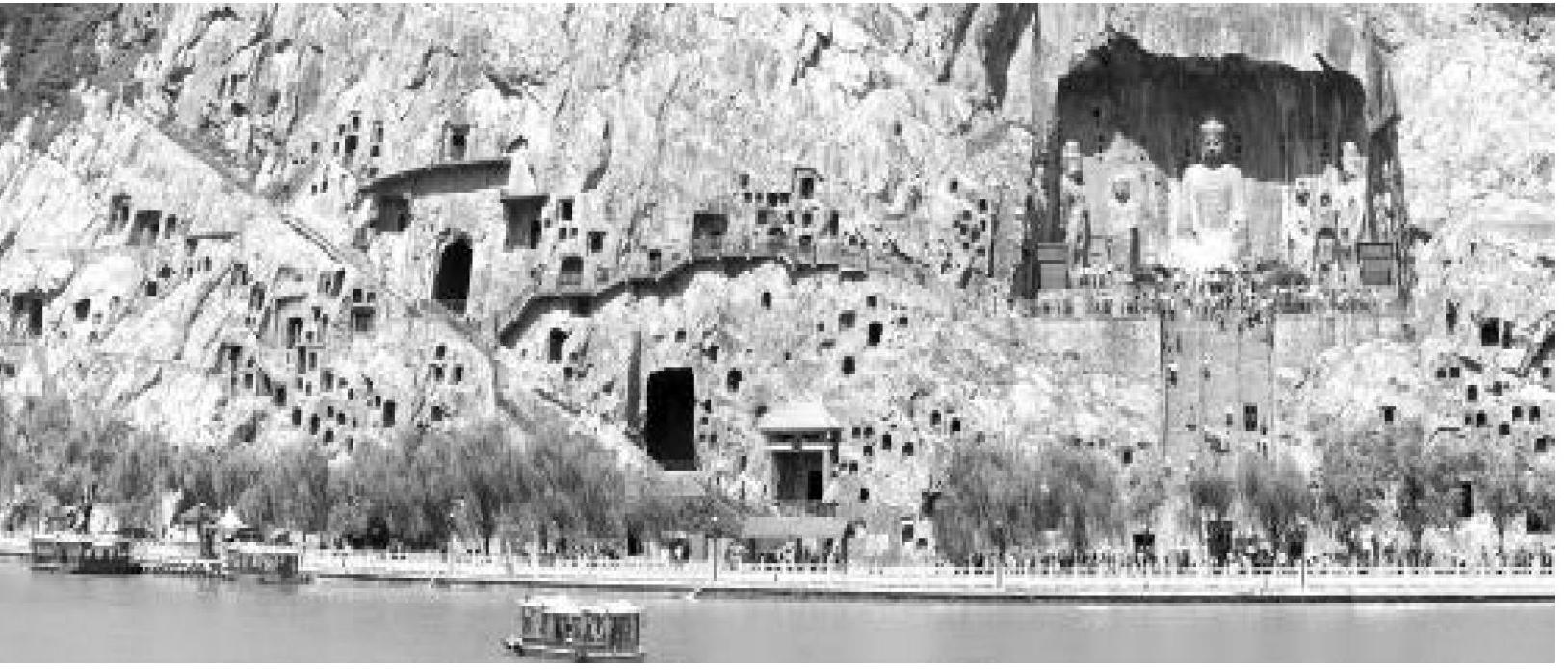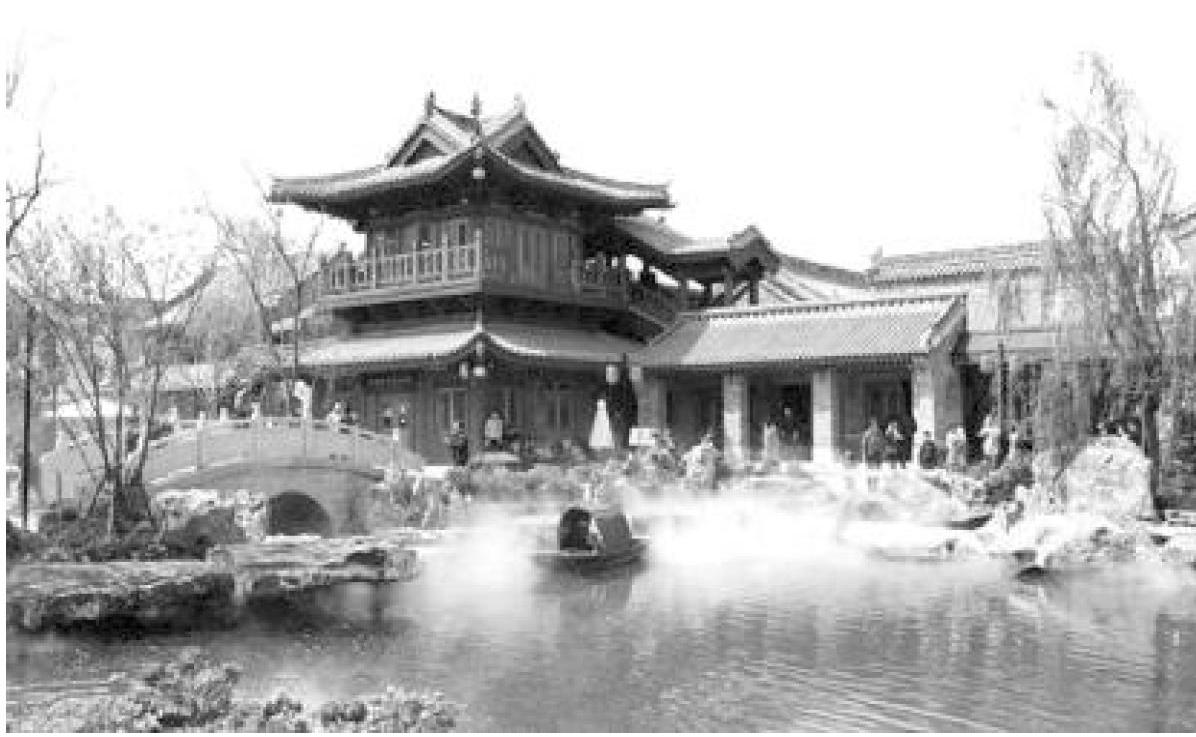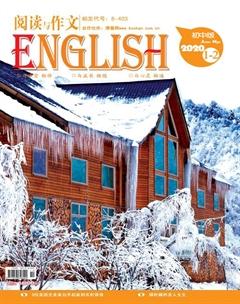Travel in Luoyang,Wander in History


Located in the west of Henan Province in central China, Luoyang occupies quite an important geographic location. It is in the middle reaches of the Yellow River and is encircled by mountains and plains. Thus, Luoyang was selected as the capital city by 13 dynasties starting from the Xia Dynasty (21st-16th century BC) in the 21st century BC. In the period following the Han Dynasty (206 BC-220 AD), and particularly during the Sui (581 -618 AD) and Tang (618-907 AD) dynasties, the city experienced a period of growth and prosperity and ranked as one of the international metropolitans of the time.
Its long history endows Luoyang with a profound sense of culture. The city is the cradle of Chinese civilization where many Chinese legends happened, such as Nvwa Patching the Sky, Dayu Controlling Flood and the Chinese Ancestor Huangdi Establishing the Nation. The city is also famed as the ‘Poets Capital as poets and literates of ancient China often gathered there and left grand works, including Book of Wisdom (Dao De Jing), Han History (Han History) and Administrative Theory of Admonishing Official (Zi Zhi Tong Jian). Religious culture once thrived here. Taoism originated there and the first Buddhist temple set up by the government was located there. Luoyang is also the hometown of many of the scientific inventions of ancient China, such as the seismograph, armillary sphere, paper making, printing and the compass.
Travel Attractions
Longmen Grottos
The Longmen Grottos are on the Yihe River bank, some 12 kilometers from ancient Luoyang city. It is one of the three most important Buddhist sculptures and carvings in China. The Longmen Grottos enjoy a good location where two mountains confront each other between which flows the Yihe River.
The grotto was first carved in North Wei Dynasty, over 1500 years ago and expanded through the succeeding East and West Wei Dynasties, North Qi Dynasty, North Zhou Dynasty, Sui and Tang Dynasties and was finally completed in North Song Dynasty. 500 years renovation and expansion have created this prestigious world cultural site. The most significant chiseling activities happened in the Tang and North Wei Dynasties, which lasted over 150 years.
Spanning a length of around 1 kilometer on the hillside along the Yihe River, the niches resemble dozens of honeycombs dotting the area. There are about 2.100 grottoes and niches, over 40 crematory urns, 3,600 inscribed stone tablets and over 100,000 Buddhist images and statues. The largest one is 17 meters high while the smallest is a tiny as 2 cm. One third of the complex are works of the North Wei Dynasty. These masterpieces are the Binyang Cave, and Lianhua Cave (Lotus Cave). The impressive Qianxi Temple, Fengxian Temple, Wanfo Cave (Ten-Thousand-Buddhist Cave) are the highlights of the Tang Dynasts carvings.
The Longmen Grottos are of great value in world sculpture history and it has been listed in the World Cultural Heritage Site by the UNESCO. The Chinese government as well as some influential world cultural organizations is trying to take some actions to protect such a valuable heritage site. A large-scaled renovation was undertaken in 2003 to keep the grottos in good condition.
White Horse Temple
Located at the 12 kilometers east of Luoyang city, the White Horse Temple is one of the oldest Buddhist temples in China and is renowned as the cradle of Chinese Buddhism. Although it is neither the largest nor the most beautiful Buddhism monument in China, this temple with its large number of Buddhism items housed there, is well worth a trip.
An interesting legend related to the temple goes that a white horse carried the first Buddhist script from India here in ancient time hence the name White Horse Temple. History records that the site was original the place used by the second Han Emperor-Liu Zhuang as a summer resort and for study. In 68 AD, when Buddhism reached its heyday in India, two Indian monks brought Buddhist scriptures to Luoyang on the back of a white horse. The emperor, who was a devout Buddhism believer, built the temple to house the scriptures and named it White Horse Temple. It was said that there were once thousands of monks living in the temple. It was even used as a refugee sanctuary during the social turmoil of Wang Mang in the Eastern Han Dynasty.
The two monks who brought scriptures from India were buried here. Many monks from outside China have visited the monk and many of them have spent the rest of their time in that temple. The famous Tang Dynasty monk-Xuanzang started his 17 years long pilgrimage trip to Indian from the temple. After returning, Xuanzhang became the abbot of the White Horse Temple, where he disseminated the scriptures of Buddhism for the rest of his life.
Guanlin Temple
At the end of Guanlin South Road, Guanlin Temple was built to commemorate the great general Guanyu of the State of Shu during the Three Kingdoms Period (220–265 AD). In the Romance of Three Kingdoms, the Shus general Guanyu was defeated, captured and executed by Sunquan, the ruler of the State of Wu. Fearing revenge from Guanyus sworn brother Liubei who was the ruler of the State of Shu, Sunquan ordered to send Guanyus head to Caocao-ruler of Wei in an attempt to deflect the responsibility for the death. Caocao, however, was an admirer of Guans loyalty and bravery. He ordered his underlings to carve a wooden body to accompany the head before Guanyu was buried.
Very little is known about when the temple was first built. The complex was developed during the Ming Dynasty (1368-1644 AD) and underwent several renovation and expansion during the succeeding Qing Dynasty (1636-1912 AD). Its now comprised of halls, temples, pavilions and Guans Tomb. Some valuable stone tablets with elegant calligraphies are also found here. The place is very popular among the locals who worship the valorous general by burning sticks of incense.
Museum of Ancient Tombs
An interesting old saying goes that Suzhou and Hangzhou are good places to live, while Luoyang is a good place to die. Many of the ancient emperors, princes, generals and other public celebrities took this advice and left orders that they were to be buried in Luoyang after their death. There are over 20 ancient tombs dating from the Han Dynasty to the North Song Dynasty (960-1127 AD). A museum was built at the site where many ancient tombs were excavated.
The museum is at the Mang Hill in the north suburb of the city, about 8 kilometers from the city center. Covering an area of around 3 hectare, it has two parts: the underground and above ground parts. The above ground part contains a Han-style gate, some halls. Tomb models from the Stone Age to the Han Dynasty restored funerary objects and funeral rituals are displayed in the eastern hall.
The underground section is a tomb groups site which is about 7 meters underground. There are North and South Song Dynasties Hall, Wei and Jin Dynasties Hall, Tang and Song Dynasties Hall and a hall for refined items excavated from the tombs. Many of the vividly painted murals, valuable relics and a number of pottery figures are on display here. Visitors can also find the models of ancient tombs. 22 ancient tombs restored to their original styles are displayed here.
Luoyang Peony
Luoyang is renowned as: the city of peony. The city has long been famous for its beautiful peony flowers. Peony has been called the King of Flowers for its gorgeous charm and unbelievably beauty. The Flower has been a symbol of grace in China. Ancient Chinese poets once compared peony with the beautiful and elegant ladies and thought the two were equally pleasant to the eye.
Luoyang has a long history of planting peony. Peony growing began to prevail in the region in the ancient Sui Dynasty, over one thousand years ago. In the Tang Dynasty, many famous gardens for peony were built and peony was planted on a massive scale. Luoyang became the countrys peony cultivation and trade center in the Song Dynasty. Luoyang Peony is international famous for the Peony. Luoyangs unique climate is well suited to its peony growing culture. Luoyang is located in the temperate zone with favorable and humid climate all year around.
Luoyang peony is well-known for its big flowers and many varieties. Each year, in late spring when the peonies are in full blossom, thousands of visitors swarm to the city to enjoy the stunningly beautiful flowers. The international Peony Festival held here annually adds even more fame to Luoyangs peony.
Best Places to Enjoy the Flower:
Guose Peony Garden: This is the largest Peony garden in the city. The garden is found close to the 310 highway, 4 kilometers away from Luoyang city. In every April, the peonies are in full blossom, creating a superlative.
Wangcheng Park: During late spring( April and May), the park really blooms. Visitors from both home and abroad populate the park to enjoy the famed Luoyang Peony.
·Transportation·
Air:
Luoyangs airport is located some 13 kilometers northwest of the city. There are some flights to and from Chendu in Chinas southwest Sichuan province, Dalian, the coastal city in north Chinas Liaoning province, Guangzhou in south China. Flights to Chinas major tourism cities like Beijing, Shanghai, Xian & Guilin are not available. Tourists from Beijing, Shanghai and some larger cities can fly to Zhengzhou, capital city of the region and proceed to Luoyang by highway.
Railway:
Luoyangs significant role as a major stop along the Lanzhou-Shanghai rail line makes train travel the most convenient way to reach Luoyang. Most of trains from major cities like Beijing, Shanghai, Zhengzhou, Qingdao, Xiamen along the Lanzhou-Shanghai line stop at Luoyang Railway Station. Direct trains between Luoyang and Beijing, Shanghai, Zhengzhou are available.
Highway:
Luoyang Long Distance Bus Station is opposite the train station. There are buses from Luoyang to the neighboring areas including Zhengzhou, Kaifeng, Sanmenxia. Long-distance buses going farther to Shijiazhuang, capital of Hebei Province, Baoding and Beijing are easily accessible.

